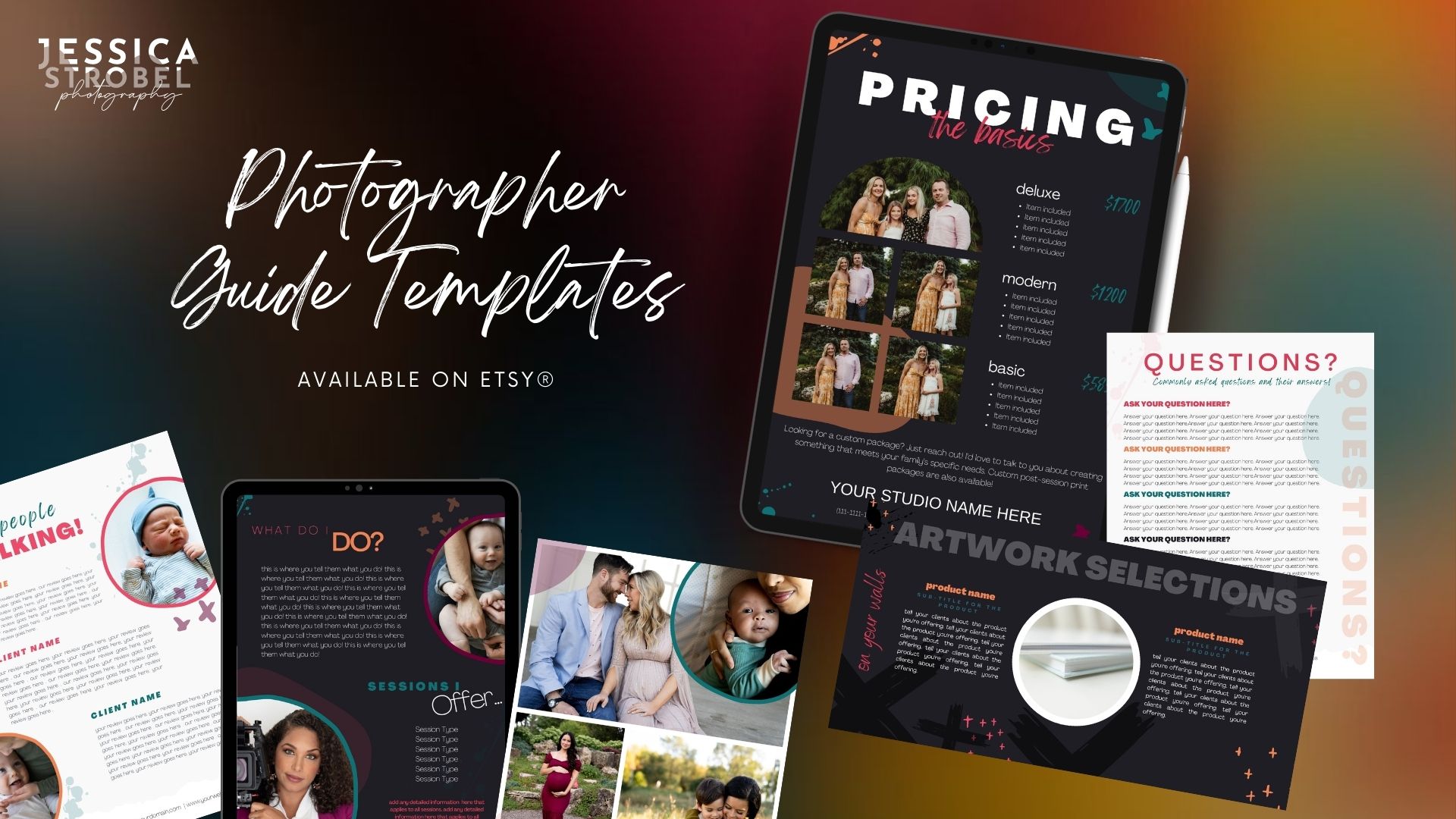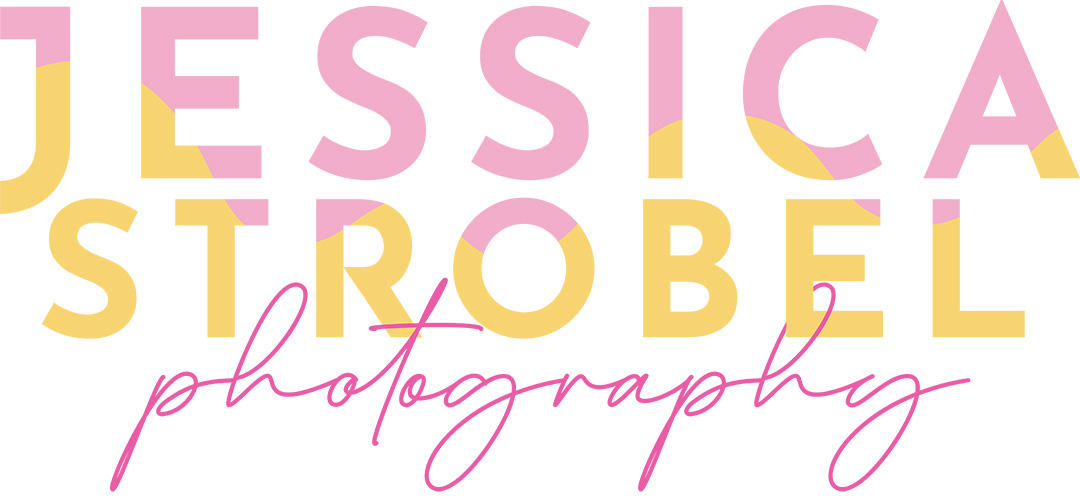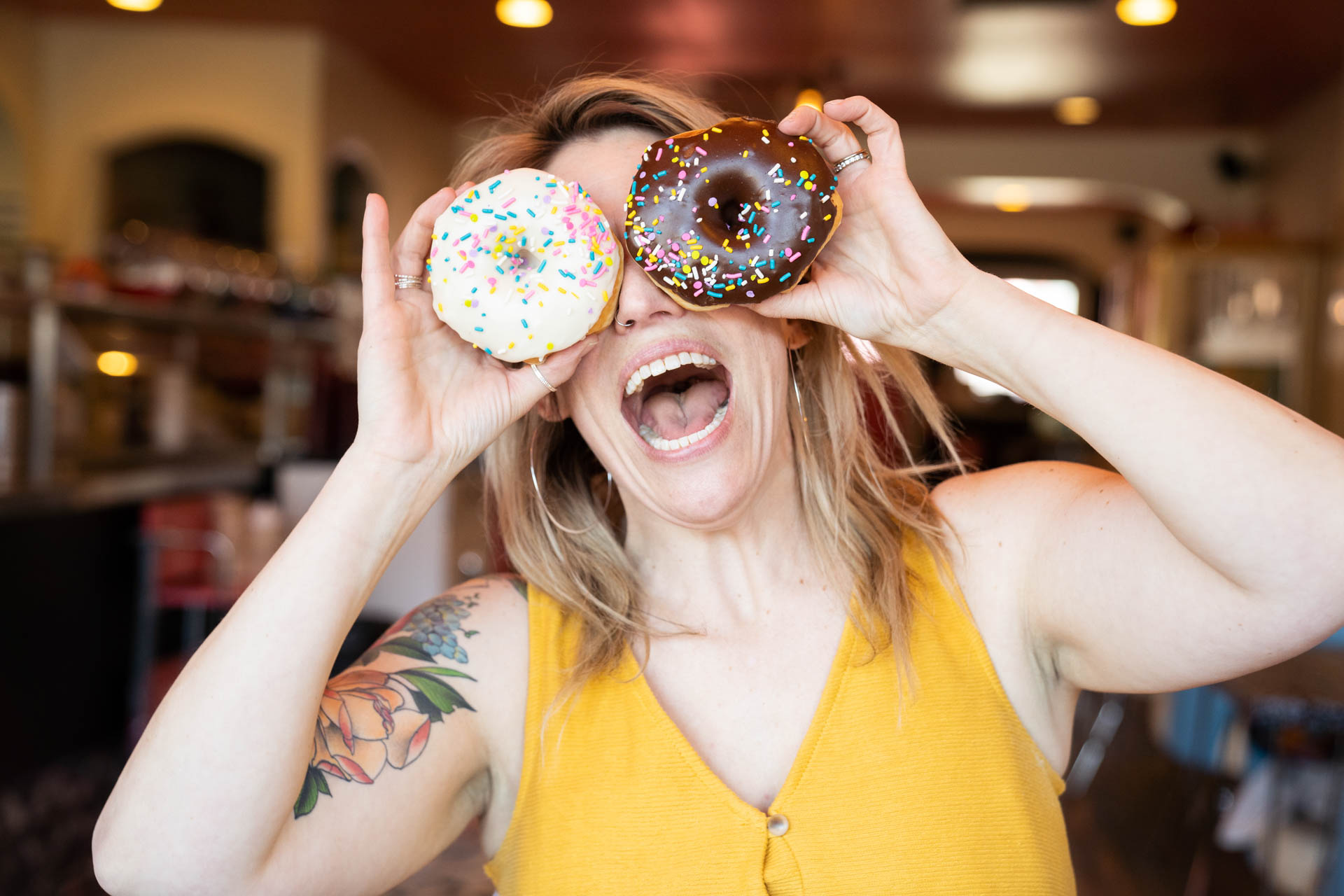Blogging for Your Business MOVES THE NEEDLE.
It’s important to me that your business (whether you’re a photographer or not!!) is successful, and that you have the tools to make that happen. As you might know, I offer mentoring for photographers who are looking to expand their businesses, but some things when it comes to website development and branding are applicable to all businesses, not just photographers!
Obviously there are some important differences in the kinds of content that you’re going to share, based on what kind of business you have. A yoga studio shouldn’t be posting the same kinds of posts that a photographer would. That would kind of defeat the point, because you’re looking for different audiences. But when it comes to blogging for your business, there are some overarching rules and guidelines that you should definitely be following, and today we’re going to get into some of those!
This is a part of my series on digital business success, and you can see even more (mostly photography focused!) tips and tricks elsewhere on the blog. But today, we’re going to get into some pretty serious depth about three of the things you should be doing in your blog posts no matter WHAT your business does! Since I’m breaking it down in some depth, I can only really cover three here. So keep in mind there are other things you should be doing in the blog posts for your business, and we’re going to get into those over time as well!!

Setting the tone for your clients
The first (and arguably most important thing EVER) you should be doing when you’re blogging for your business, is setting the tone. What does that actually mean? Think back to the brand tenets for your business. The mission statement. Why you do what you do, and who you do it for. Think about all of those things, and then… mash them together to get to a tone that will communicate with your ideal clients clearly! There’s no one-size-fits-all solution to picking a tone, but there are some basic guidelines you can follow if thinking about all of those things isn’t helping.
Your tone is about HUMANITY
First of all… no matter what tone you use, talk like a real human. If you read this post out loud, hopefully you’d find that it reads a lot like a real person talking to you through the screen. Like, as close as we can get to basically being a super long TikTok video, but with written words instead of a talking head and 30 seconds of attention span. The reason that this blog is written that way, is because I’m all about being real, and raw, and authentic, and ME. Why? Because I want my blog to feel like working with me. I want it to have the same kind of vibe that people get in my studio. And when you’re blogging for your business, you should have the same goal! So if your brand tone is more professional and less casual than mine, amazing. But when you’re blogging, remember that there’s a person on the other side of the screen. You don’t need to sound like a robot!
Your tone is ALSO about AUTHORITY
Second, make sure that the tone (whatever it is) makes it clear that you’re an expert at what you do. I’ll use myself as an example again – I like to think that I explain things clearly, whether I’m talking about choosing the wardrobe for your upcoming session, or the importance of extended family photo sessions. This part of setting the tone is less about the actual words you use, and more about making it clear what the client’s experience is going to be when they start working with you. That counts for any business, too! Whether you’re a photographer, and you want to make sure that your future clients know that you’re super cool and casual in the studio, or you’re a real estate agent who wants to ensure their future home-buyers know they’re going to be guided seamlessly through the process.
Setting the tone isn’t just about your own branded messaging, it’s also about expectations. And how you structure your sentences, whether you pop a joke here and there – those make a huge difference in the expectations your clients will have! So make sure to think about the expectation you’re creating when you’re blogging for your business.

Using Your Keywords
Beyond the overall tone of what you’re saying in your blog posts, you’ve got to think about SEO. I could talk about keywords and keyphrases for hours on end, but we’re going to start at the start, and probably get into more depth in a devoted conversation about them later.
When you’re blogging for your business, you NEED to use your keywords. Now, picking keywords for your pages is a whole project, and it can be as simple or as complex as you want it to. I personally get into whole internet rabbit holes researching new strategies, and testing what works, so before I get into this I want to remind you that SOME action is better than NO action. One is more than zero. And doing it messy is better than not doing it at all. You know what I mean, right? So please don’t expect your process to be perfect from the very start, that’s basically just setting yourself up for frustration.
Picking Keywords for Blog Posts
All that being said: I recommend picking your keywords or keyphrase BEFORE you write a specific post. There are some great sites you can use to get inspiration for searches that people are actually making, like Ask The Public, or even using the Google Trends tool. You can even use a quick-and-dirty cheat, and open up a Chrome Incognito tab, start entering your search term, and… see what it suggests to fill in the rest. If you do it in an incognito tab, it won’t use your search history to decide what it shows as the fill ins, and it can give some insight into questions being asked around your topic!
Another great way to pick some keywords for blog posts, is to start with a GENERAL keyword you want your primary pages to return on in search, and then add some qualifiers to it. This turns the keyword into a long-tail keyphrase. (I’m getting into jargon, I know, sorry!!) A long-tail keyphrase is a keyword, with MORE. It’s more specific, and what that means is it’s easier to return in search for. So like, with the example of photographers, you’d be more likely to competitively rank for a search on “Senior Picture Wardrobe Inspiration” than one for “Senior Pictures” because one is very general, and the other is more specific. More specific keywords have less competition, and general ones have WAAAYYY more. Sometimes so much that it can take years to rise through the (literal) ranks.
Using those Keywords
Once you’ve picked a keyword or a long-tail keyphrase (or two related ones, for longer posts!) it’s time to actually use them while blogging for your business. That’s why it’s best to pick the keyword BEFORE you write, as opposed to after. Picking after makes it way easier to do something called “keyword stuffing” where you just kind of stick your keyphrase wherever you can in the post, repeating yourself over and over and over again.
To be honest, it used to be a legitimate strategy. But now it’s something Google actively hates. And as a reader of blog content… I hate it too. It feels so, so, SO weird when business’ blog posts say things like, “The yoga classes offered at the studio are yoga classes for students who want to get a real workout from their yoga classes.” Guess what keyphrase I stuffed into that sentence? Any takers? LOL
Keyword stuffing basically undoes all of the really important work you did when you set the tone for your people, and brought humanity into your messaging. Because when you keyword stuff, not only do you sound like a robot, you sound like a BROKEN robot.
Aim to make sure your keyphrase (or its synonyms, remember, Google is smart!!) appears about once for every 250 words in your post. You should be able to do this without your sentences feeling unnatural, or interrupting the tone you planned.
Try to also set your keyword or keyphrase as part of the alt text for the images included in the post, as well as popping it into a header or two. This will help make sure it’s clear to the little Google crawly bots know exactly what the post is about, and why that’s important!

Linking to Other Pages on your Website
There’s one more priority you should have when you’re blogging for your business, and it’s another of the things you should think about BEFORE you write your post! Linking to other pages on your website. Now, this is another detailed strategic component of blogging, so we’re gonna get into some depth here. Again, remember: done is better than perfect. If you’re struggling to think about ALL of these things when you start, just start with tone, and then layer in the rest of them as you go.
When you’re picking your keywords, you know how I mentioned picking some keyphrases based on the searches you want your main pages to return for in search, and then adding a detail or two to make it a long-tail keyphrase? You get to take that one step further, by linking to both that primary page (the one with the shortened version of the longer keyword) as well as other posts you’ve made that also relate to that term.
Practically Speaking… What Do I Link To?
So in practical terms, what does that look like? Let’s say you’re a jewelry designer and have a primary page you want to come back in the Google search results for “witchy jewelry”. And you’ve written a blog post about how you get inspiration for your own projects, with the keyphrase “witchy jewelry inspiration” and another about how to create cool displays with your jewelry on your dresser, with the keyphrase “witchy jewelry display”. When you write your next post, maybe with the keyphrase “luxury witchy jewelry,” about how to pick witchy jewelry that will feel subtle and luxurious, create opportunities to link back to the other posts, and that primary page. Maybe you mention how picking a theme for your witchy jewelry collection can help make sure your dresser is stylish and pinterest-worthy, creating a perfect moment to link back to that other blog post!
That’s just ONE example, and there are about a million ways to achieve the same thing. But all of them will help your website to have authority on the topic, because when you create those connections between pages, you’re basically telling Google “hey, I know enough about this topic that I can KEEP talking about it!” And what does that do? It pushes you up in the rankings.

(P.S. If you’re also looking to change the game for your client guides, check out my Etsy shop!)
If you’ve stuck with me to the end…
First of all, good job!! I know this was a LOT, and like I keep mentioning: you don’t have to start off with blogging and keeping all of these things perfectly in mind every single time. Set realistic expectations for yourself!! Done is better than perfect, zero is more than one, and as long as you’re DOING… you’re doing great.
If blogging for your business feels overwhelming, break it into bite sized chunks!!
P.S. Wanna learn more about my mentorship options?




0 Comments